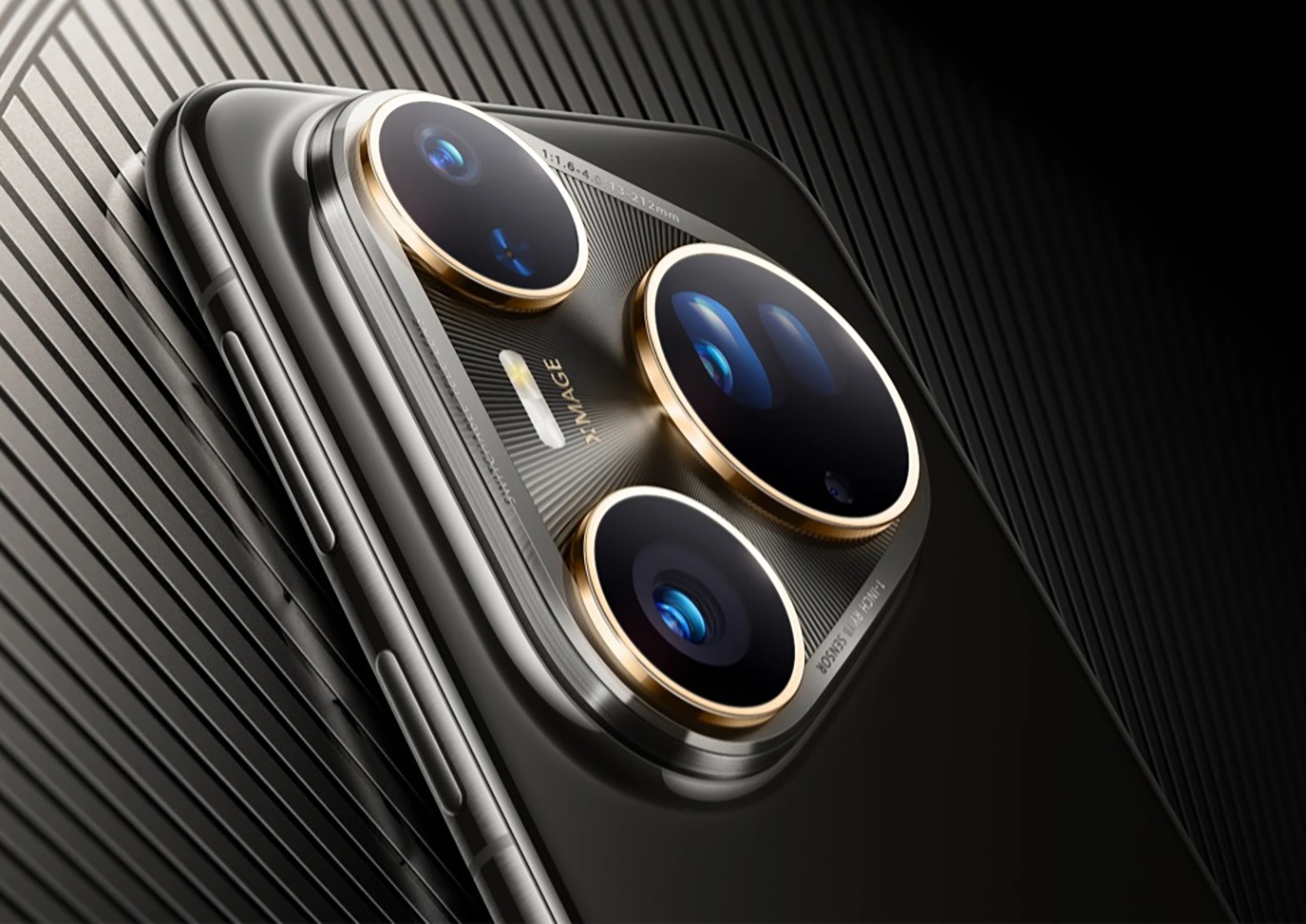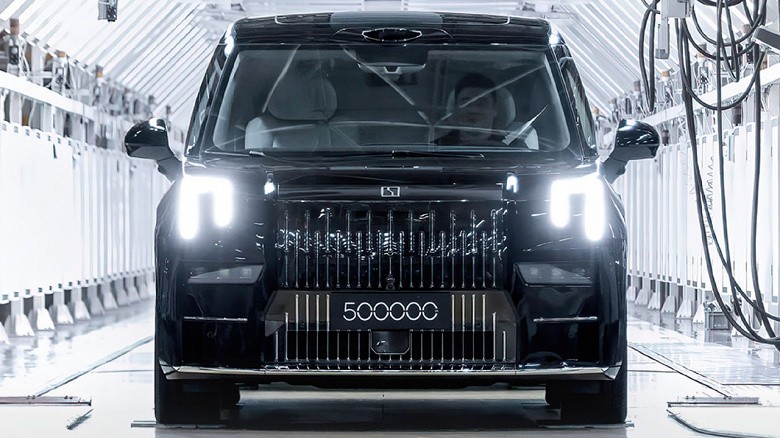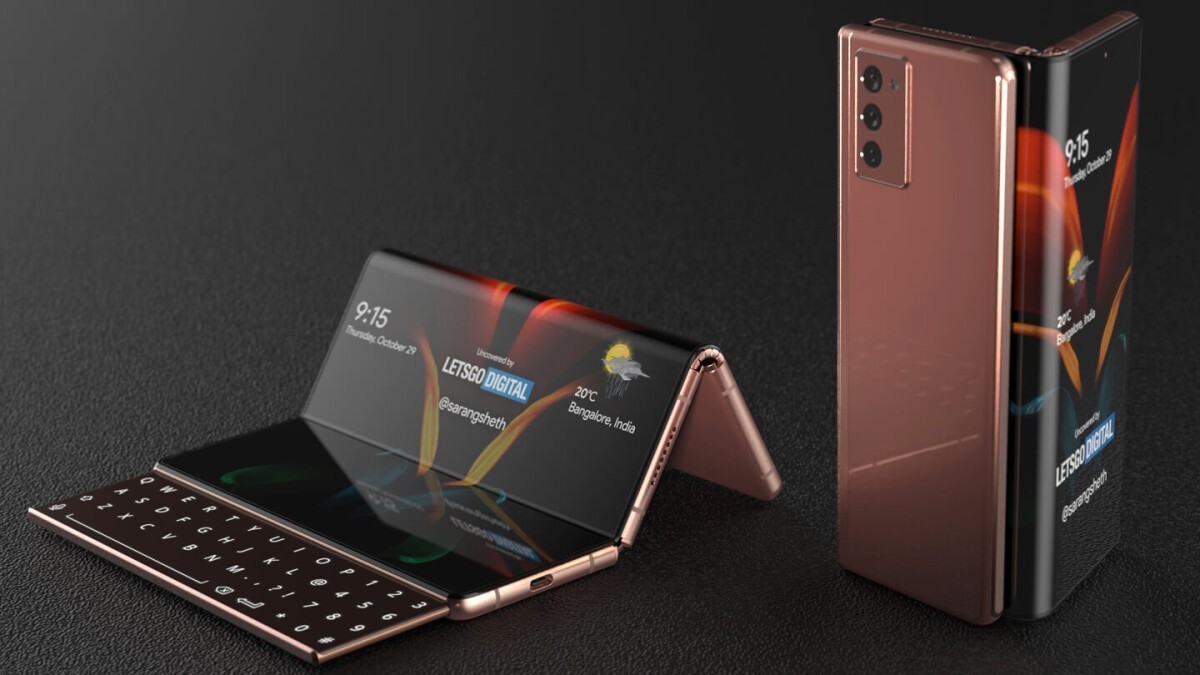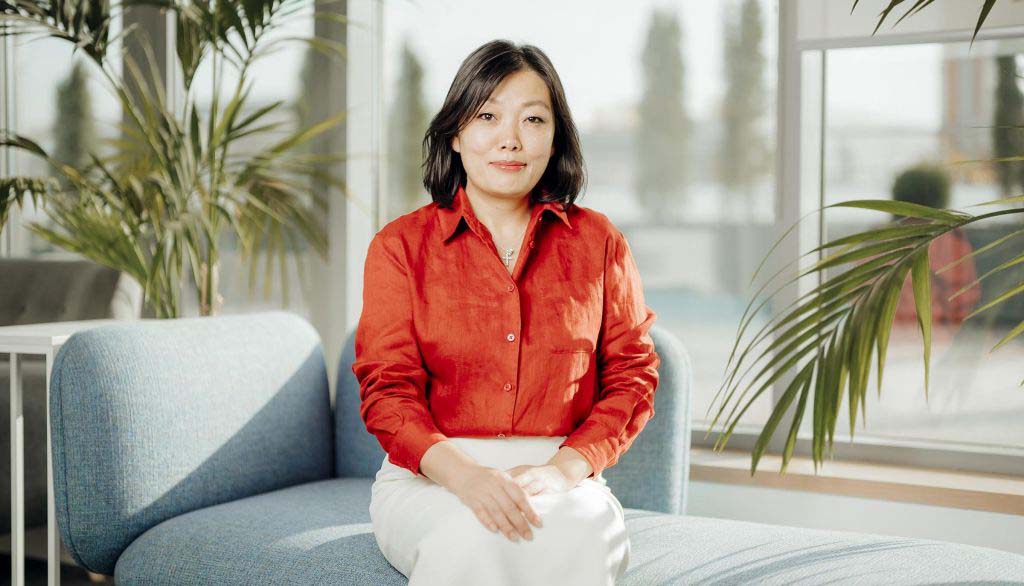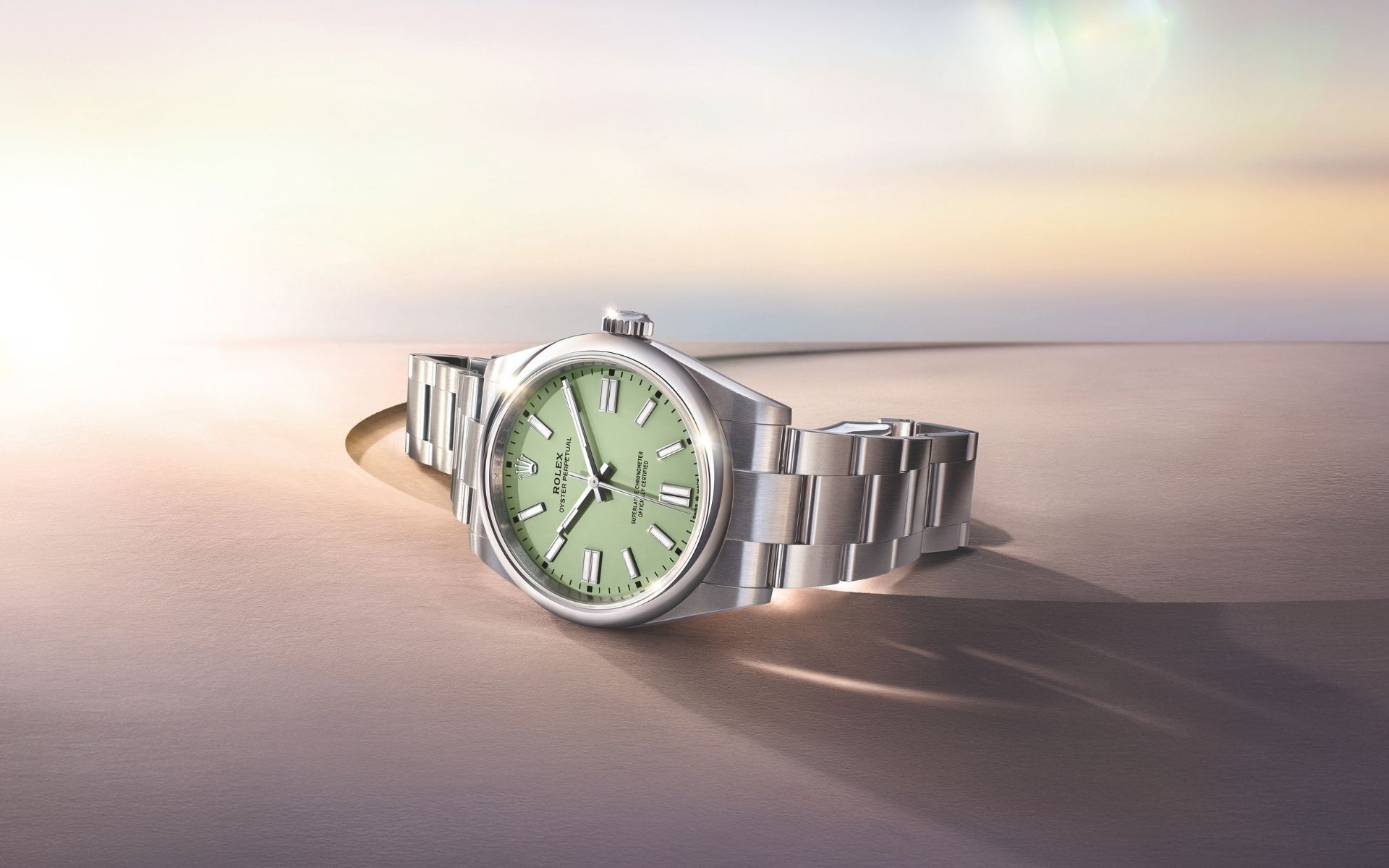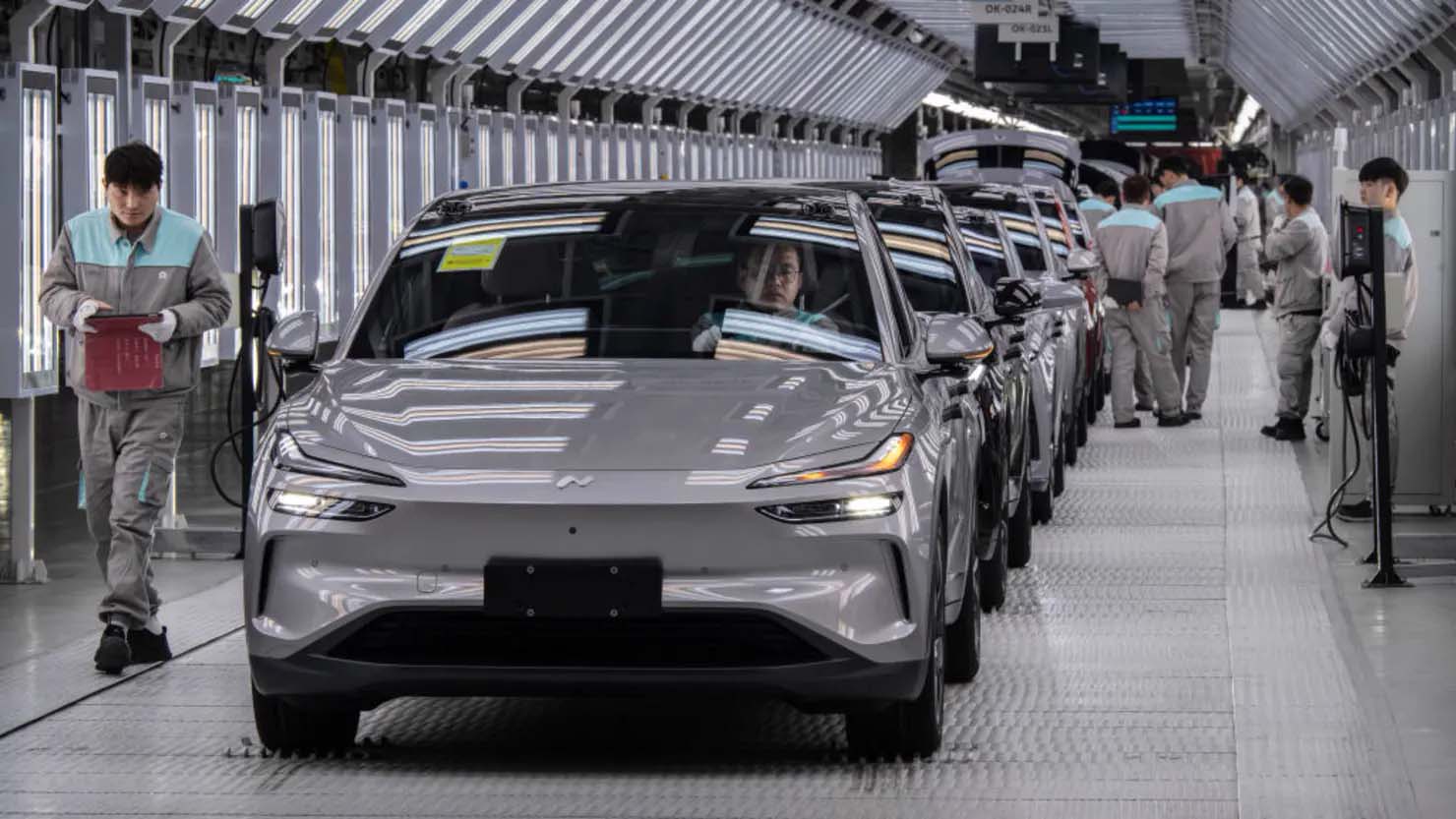Huawei is rekindling interest in the foldable smartphone segment. According to preliminary leaks, the company is preparing to release a new model — Huawei Mate X7, which, judging by the characteristics, is able to set the tone in the premium class of flexible devices for 2025. The official announcement is expected in September, and experts are already calling Mate X7 one of the most ambitious products of the Chinese manufacturer in the field of mobile technology.
One of the key elements of the upcoming novelty will be the internal display with a diagonal of 7.95 inches with a resolution of 2K. The screen is based on COE LTPO technology using ultra-thin glass (UTG) - a solution that allows you to provide high strength while maintaining flexibility. Such parameters make the smartphone potentially convenient for multimedia consumption, working with documents and multitasking. LTPO (low-temperature polycrystalline oxide) provides a smooth adaptation of the refresh rate, which has a positive effect on power consumption and user experience. The use of UTG in foldable smartphones has become a standard among industry leaders, and Huawei seems to have no intention of losing out to its competitors.
The camera traditionally remains one of Huawei's strengths, and in the Mate X7, the company, according to insiders, is testing two variants of the main module: a 50 MP sensor with a size of 1/1. 56 inches and another with a similar resolution, but with a larger sensor of 1/1. 3 inches. Both solutions support a physical variable aperture, which allows you to adapt the amount of light in the frame, improving the result of shooting both in bright light and in dark conditions. Also considered is the integration of a 50-Mp periscope telephoto lens with macro support, which opens up additional photo and video shooting scenarios. The optional multispectral sensor is designed to improve color accuracy and detail, especially in non-standard lighting conditions.
Mate X7, according to the leak, will be built on the latest platform, presumably Kirin 9030. It is expected that this processor will be part of the Mate 80 line, the announcement of which is scheduled for the second half of the year. The use of a proprietary chipset indicates Huawei's desire for autonomy from external suppliers and maintaining control over the device ecosystem. It is also expected to support HarmonyOS 5.1, the next-generation operating system that is already used in the Huawei Pura 80 series. HarmonyOS demonstrates strong growth dynamics, strengthening the company's position in the Chinese domestic market and in ecosystem products.
Despite the complex design and high-tech stuffing, Huawei plans to keep the thin and light body of the Mate X7, as well as implement water resistance. This is a rare combination for folding smartphones, which can give a competitive advantage against the more bulky models of other manufacturers. If the information is confirmed, Huawei will once again confirm its status as a technology leader among Chinese brands, able to compete with global players on an equal footing. In the face of sanctions pressure and restrictions on the supply of components, such products become a marker of the sustainability of the engineering school and the production potential of the corporation.

